Florida University Discovers at Least 11 Dangerous Pathogens in Children’s Masks
The University of Florida tested six children’s masks after they have been worn and the findings were quite startling. Jennifer Cabrera reported from the Alachua Chronicle:
A group of local parents sent 6 face masks to a lab at the University of Florida, requesting an analysis of contaminants found on the masks after they had been worn. The resulting report found that five masks were contaminated with bacteria, parasites, and fungi, including three with dangerous pathogenic and pneumonia-causing bacteria. Although the test is capable of detecting viruses, including SARS-CoV-2, only one virus was found on one mask (alcelaphine herpesvirus 1).
The analysis detected the following 11 dangerous pathogens on the masks:
- Streptococcus pneumoniae (pneumonia)
- Mycobacterium tuberculosis (tuberculosis)
- Neisseria meningitidis (meningitis, sepsis)
- Acanthamoeba polyphaga (keratitis and granulomatous amebic encephalitis)
- Acinetobacter baumanni (pneumonia, blood stream infections, meningitis, UTIs—resistant to antibiotics)
- Escherichia coli (food poisoning)
- Borrelia burgdorferi (causes Lyme disease)
- Corynebacterium diphtheriae (diphtheria)
- Legionella pneumophila (Legionnaires’ disease)
- Staphylococcus pyogenes serotype M3 (severe infections—high morbidity rates)
- Staphylococcus aureus (meningitis, sepsis)
Half of the masks were contaminated with one or more strains of pneumonia-causing bacteria. One-third were contaminated with one or more strains of meningitis-causing bacteria. One-third were contaminated with dangerous, antibiotic-resistant bacterial pathogens. In addition, less dangerous pathogens were identified, including pathogens that can cause fever, ulcers, acne, yeast infections, strep throat, periodontal disease, Rocky Mountain Spotted Fever, and more.
The mask reports from the University of Florida’s lab can be found here.

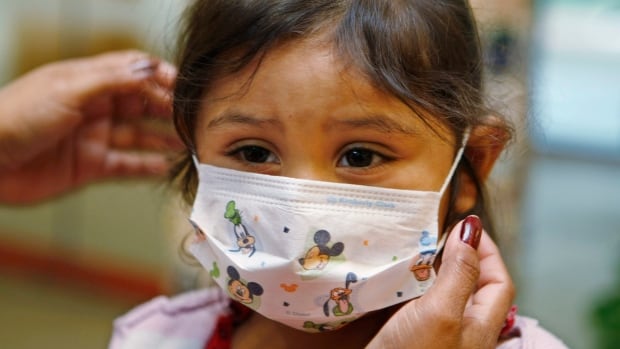
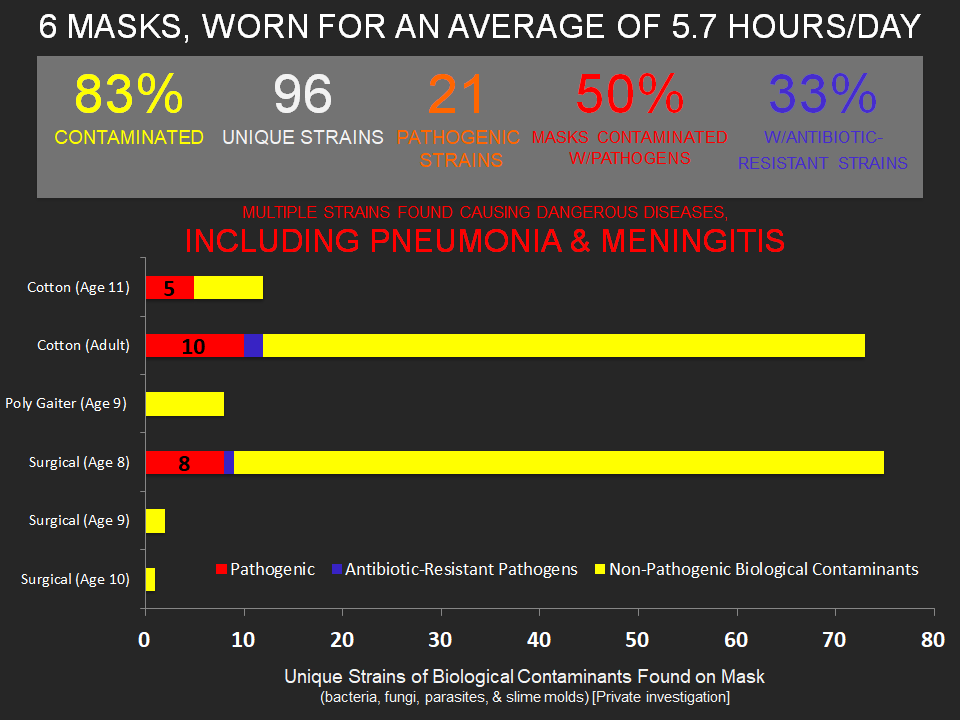
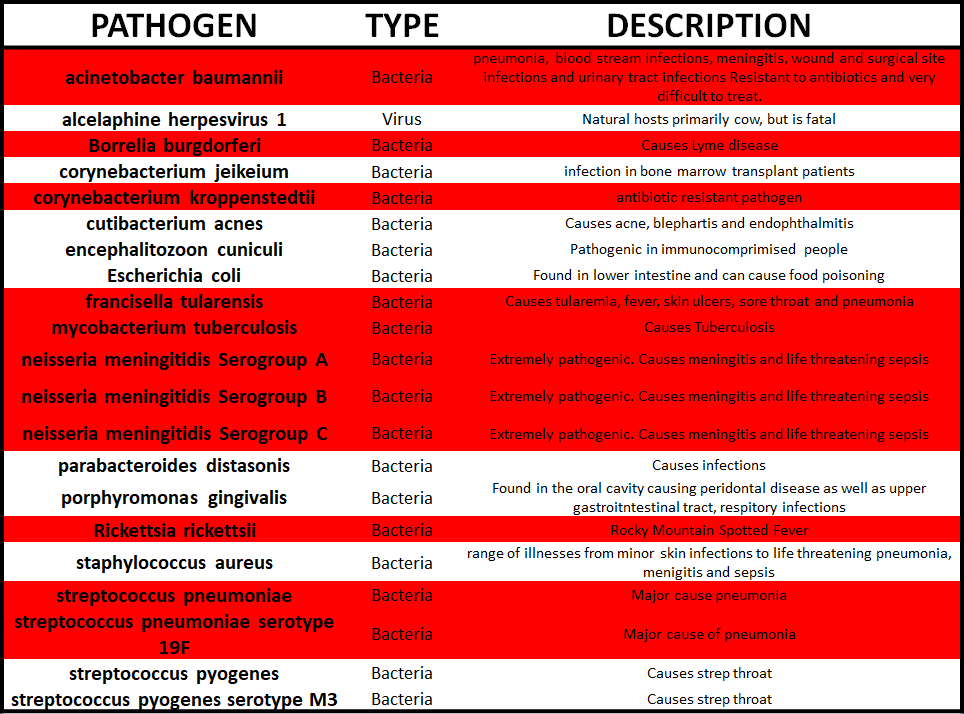
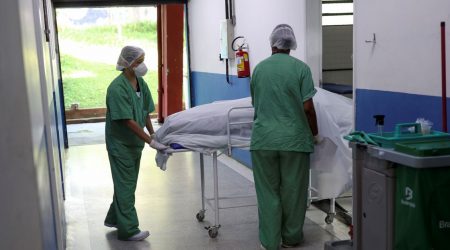
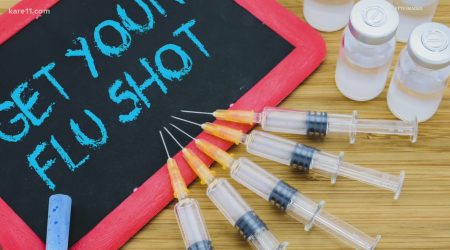
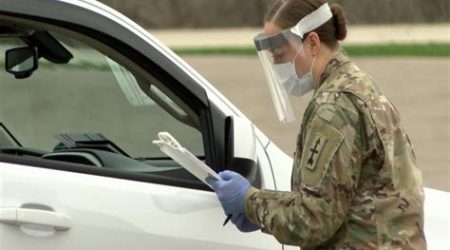




Leave a Reply